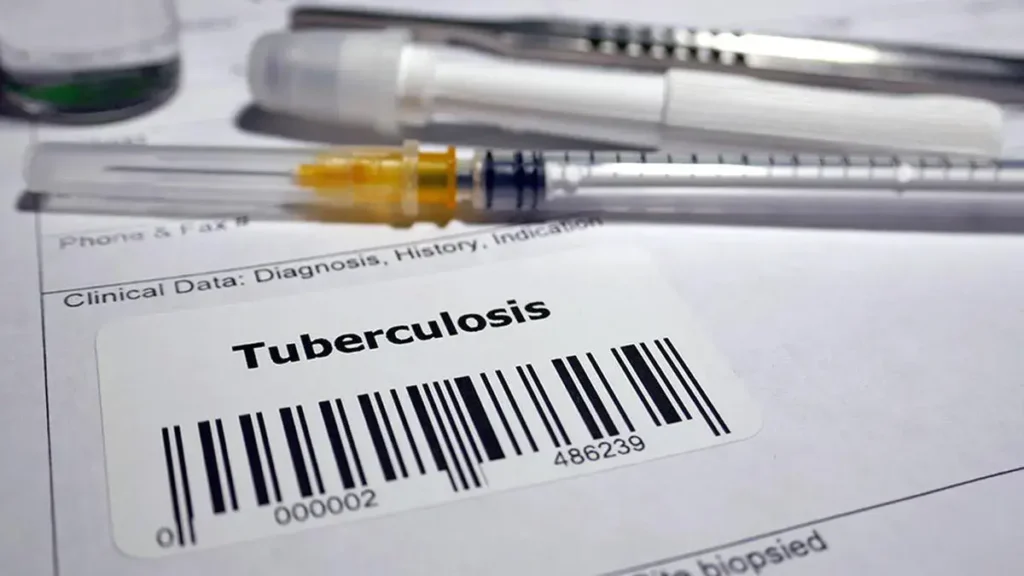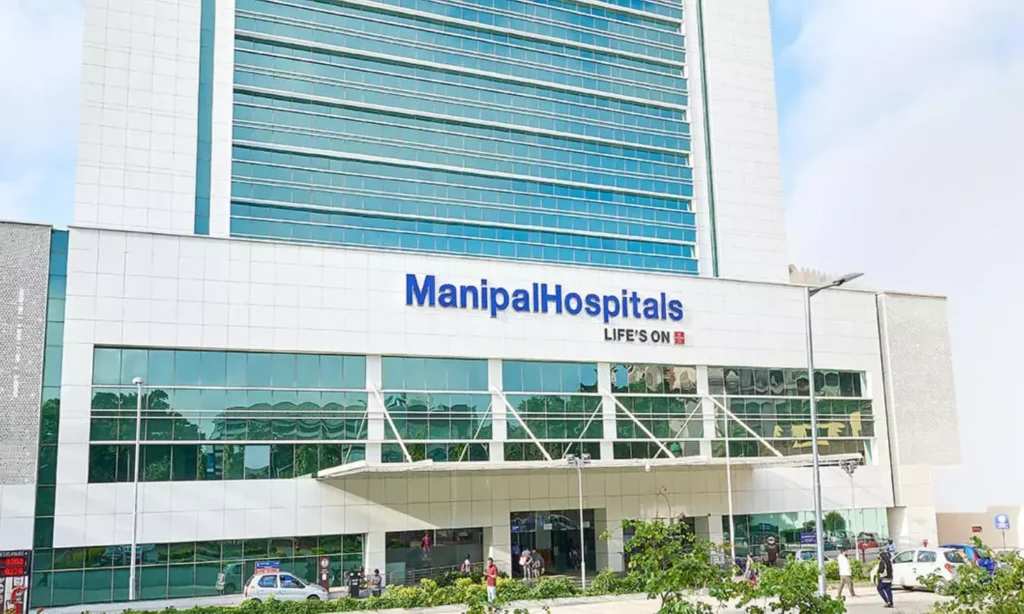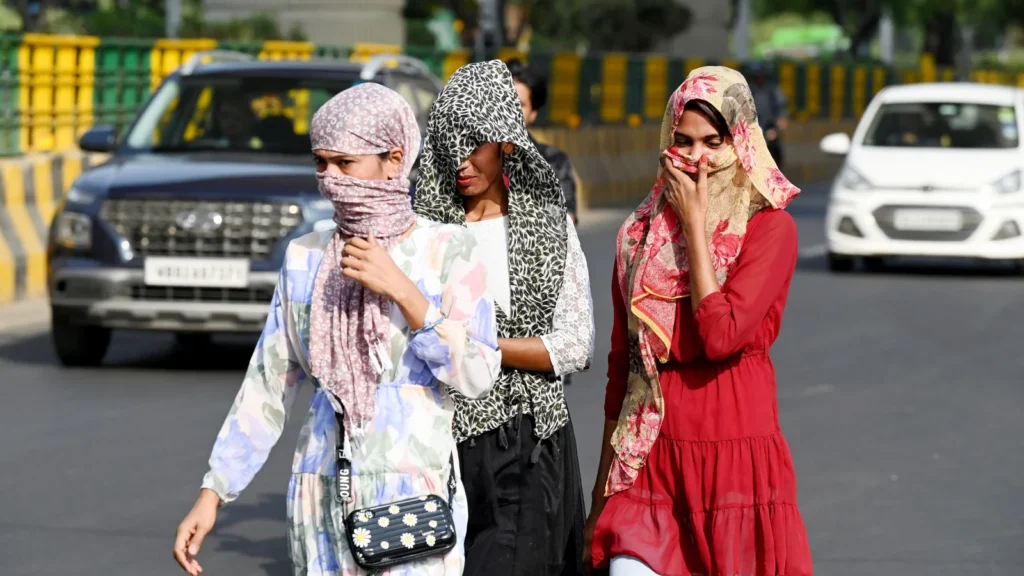Cycling Could Help Slow Parkinson’s Progression, Says Neurologist from CMC Vellore
Cycling may do much more than strengthen the body—it could also help protect the brain in people living with Parkinson’s disease. Dr. Sudhir Kumar, a Hyderabad-based neurologist trained at CMC Vellore, highlighted new research published in Clinical Neurophysiology (2025), which shows that regular cycling can significantly benefit patients with Parkinson’s. “Cycling is not only fun and effective but also a powerful way to support movement, mood, and overall quality of life,” he said. The study observed patients with Parkinson’s who used deep-brain stimulation devices while training on specialized stationary bikes. These bikes either assisted or resisted pedaling, maintaining a steady pace of around 80 revolutions per minute for half an hour, several times weekly. Within weeks, participants showed improved brain activity related to motor control—evidence of enhanced neuroplasticity, the brain’s ability to form new connections. According to Dr. Kumar, cycling helps beyond building muscle strength. Regular aerobic exercise can ease hallmark symptoms of Parkinson’s—such as tremors, stiffness, and slow movement—while also improving balance, posture, and reducing risks of freezing of gait. Additionally, it may slow disease progression by boosting protective brain chemicals like BDNF, which support neuron survival and repair. Practical advice for patients: Stationary or motor-assisted bikes are the safest options; outdoor cycling may be considered if balance is stable, with proper precautions. Target 30 minutes of moderate-to-vigorous cycling at least three times a week. Complement cycling with strength training, yoga or tai chi for balance, and stretching for flexibility. “Movement truly is medicine,” Dr. Kumar said, underscoring that each pedal stroke is more than exercise—it’s a step toward rewiring the brain for improved control, strength, and independence. What is Parkinson’s Disease? Parkinson’s disease (PD) is a progressive neurological disorder caused by the loss of dopamine-producing nerve cells in the substantia nigra region of the brain. Dopamine is critical for smooth, coordinated movement. By the time symptoms appear, 60–80% of these neurons are typically damaged or lost. In addition to dopamine loss, Parkinson’s also affects norepinephrine-producing cells, which regulate automatic body functions, explaining fatigue, blood pressure fluctuations, and other non-motor issues. Clumps of a protein called alpha-synuclein (Lewy bodies) are commonly found in affected brain cells, though their exact role in cell death remains under study. Symptoms of Parkinson’s: Motor symptoms: hand tremors, muscle rigidity, slowness of movement (bradykinesia), postural imbalance, and the classic shuffling gait. Non-motor symptoms: depression, anxiety, sleep disturbances, memory decline, urinary problems, speech/swallowing difficulties, muscle pain, fatigue, and sexual dysfunction. Since the condition progresses differently in each patient, early diagnosis and holistic care—including medication, physiotherapy, and lifestyle strategies—play a vital role in maintaining quality of life. Source: Economic Times
Cycling Could Help Slow Parkinson’s Progression, Says Neurologist from CMC Vellore Read More »










